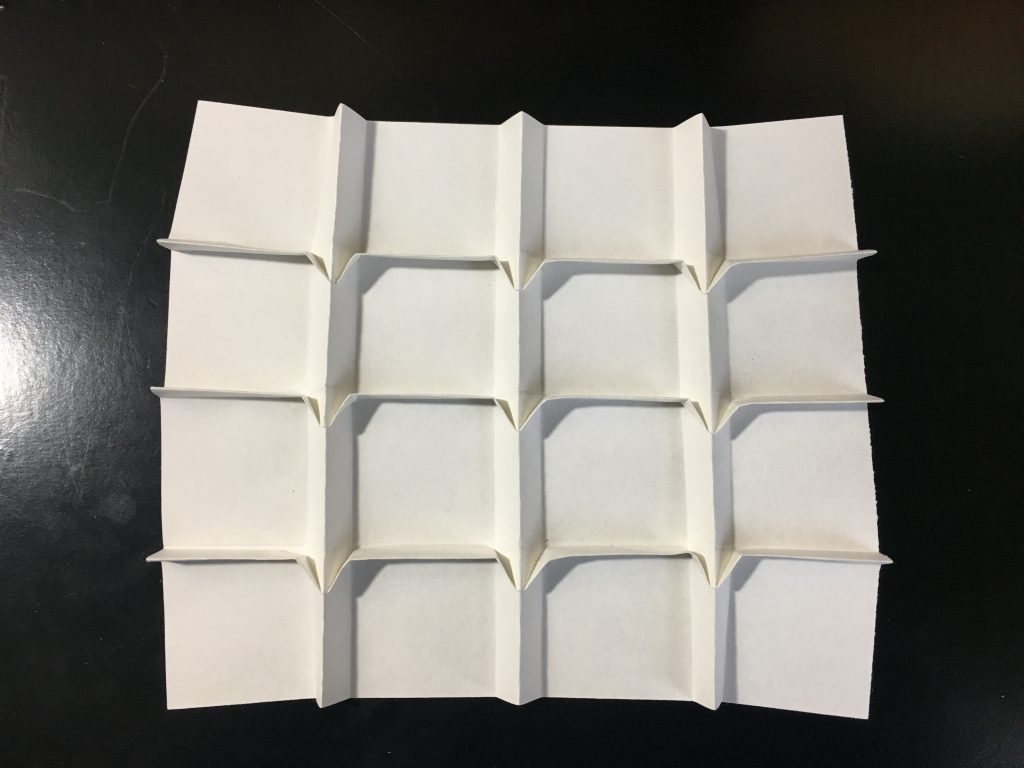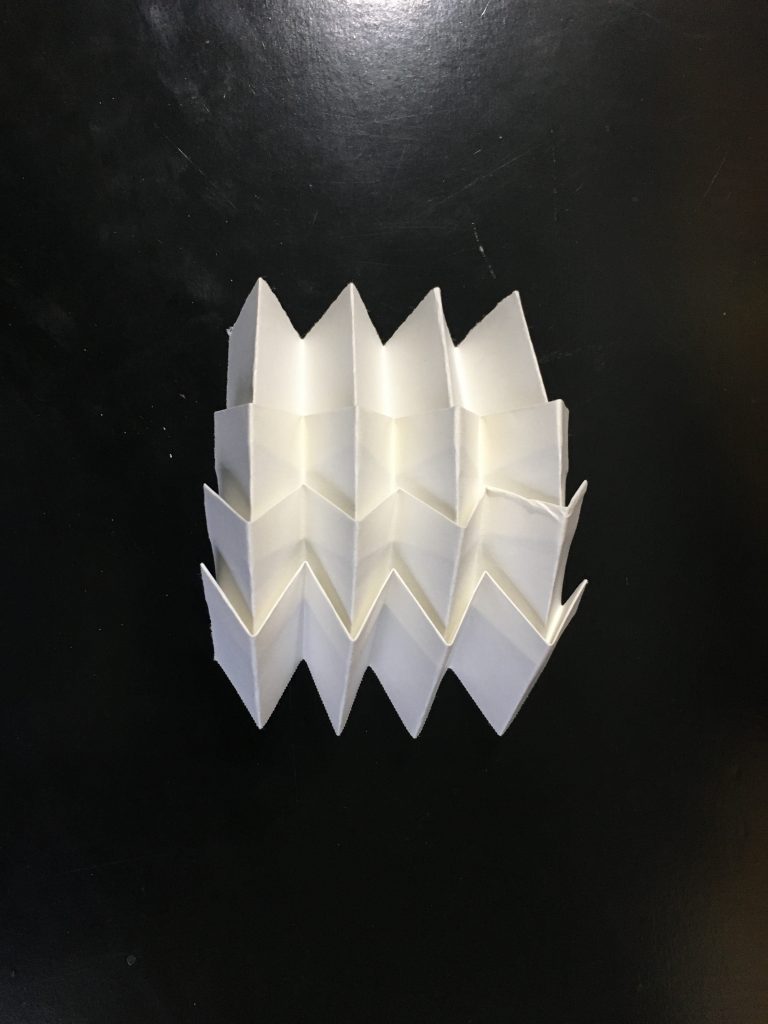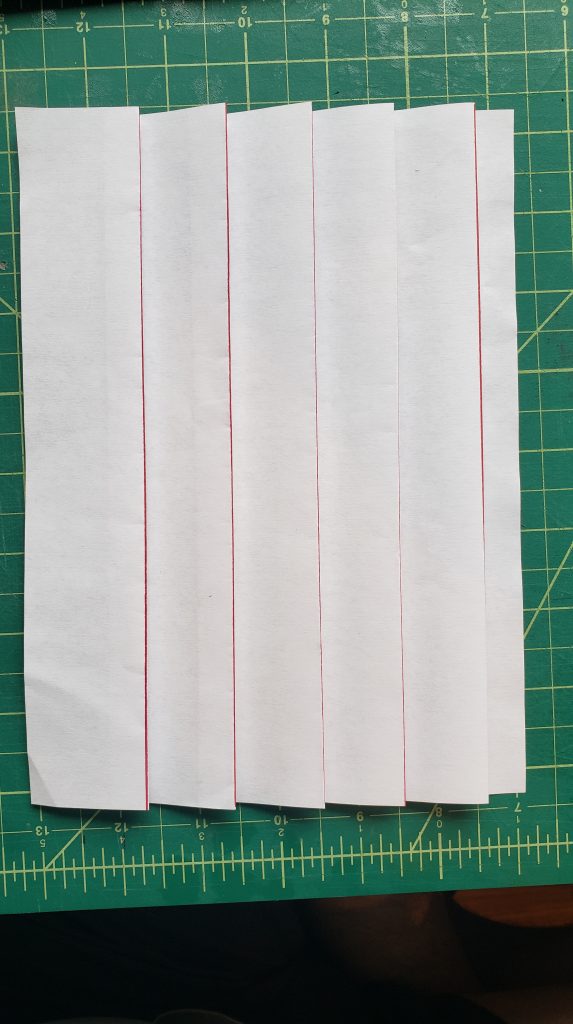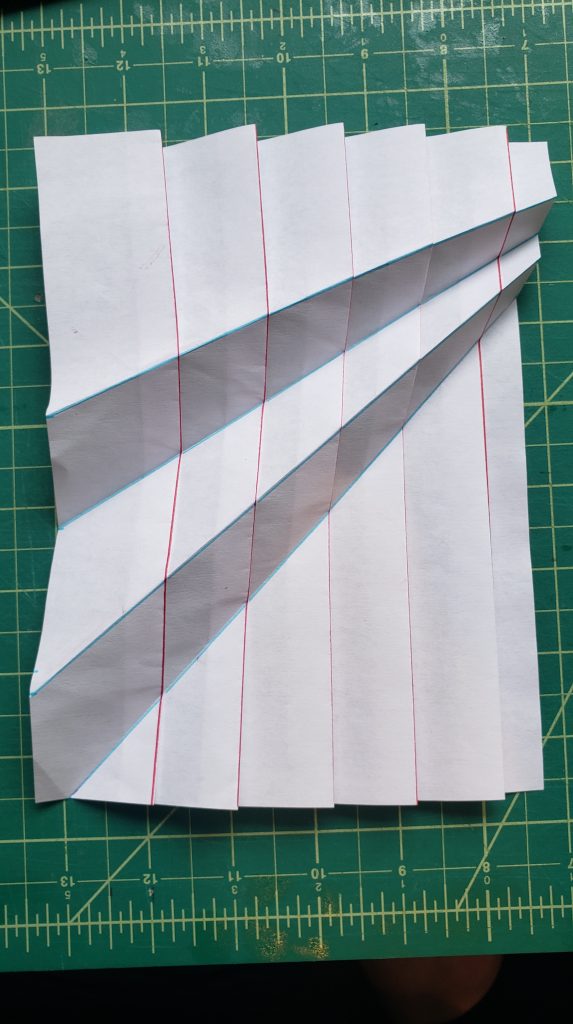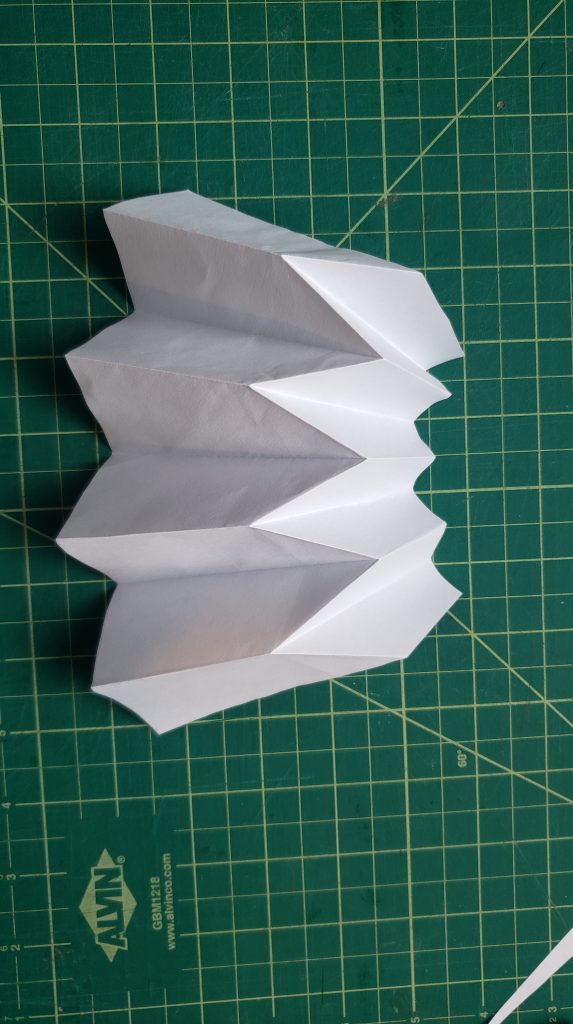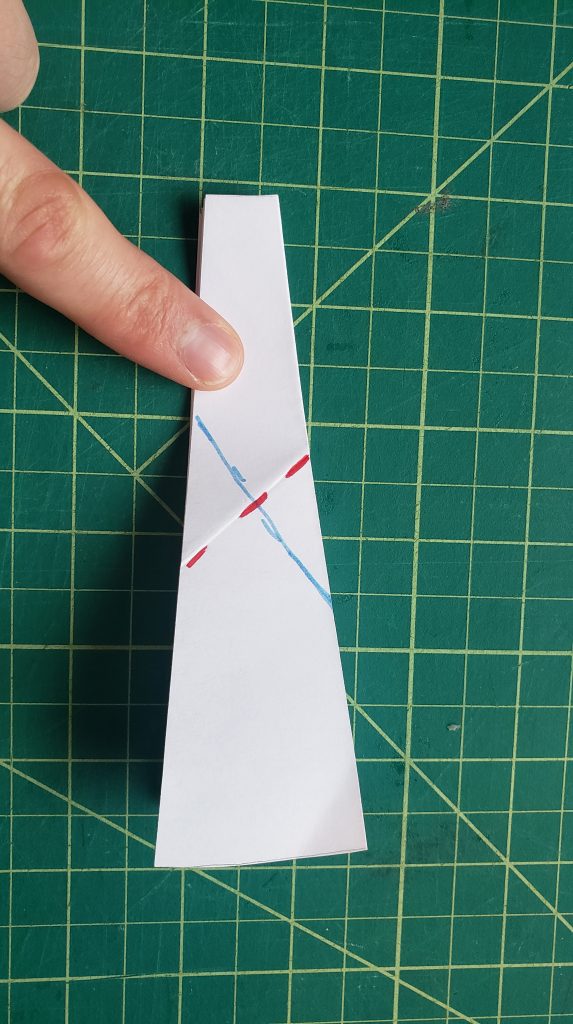
Description
Pleating, the act of inducing folds into sheet material, has long been a practice to provide mobility, shape, structure, and utility in a variety of industries around the world. With a strong presence in the textile & fabric industry, the style of the pleat and the way in which it was employed was driven by a variety of factors such as utility, efficiency, cultural influences, or social standing. Today the pleat is seen in cutting edge performance clothing, religious garb, and the latest fashion trends.
Considering the appealing design and structural implications of the pleat, there is no question of why it has been heavily integrated into origami, sculpture, and architecture as well. At a larger scale, the pleat has been utilized in standing seam metal roofs, folded metal facades, installation sculpture, furniture, etc. As technology and digital fabrication accelerate, new methods of customizing fabrication and mass production will become apparent thus creating an opportunity for the development of creative yet simple designer interfaces.
We have chosen to work on designing a pipeline that allows users to employ the use of traditional pleating techniques in a virtual environment to create unforeseen and complicated geometries using a thin sheet well. Once the desired pleat design has been reached, the interface will be capable of printing the folding outline on a flat sheet good. With the proper linework and folding instructions embedded in the material, any user could theoretically pick up the sheet good and employ pleating to create the geometry originally modeled on the computer.
This workflow offers the unique ability to create asymmetrical, nonuniform, complex folding patterns that could be used in beautiful sculpture, abstract artwork, or architecture. The combination of varying pleating techniques will create interesting intersections that would normally take multiple construction attempts to understand. The workflow will alleviate the end-user from this complex negotiation, allowing for the focus to be placed on the overall design.
Workflow Diagram

Collaborative Roles
We expect that each of us will participate in each phase of the development collaboratively. As we progress into the work, we may differentiate roles to accomplish separate tasks. However, throughout the process, we will all be testing and folding to refine the system.
Individual Fabrication Methods
With a common design tool in place, individuals will work on creating customized pleat patterns that are completely unique to them. The initial prototype fabrication will take place on 8.5” x 11” paper, however, there is an opportunity to expand the fabrication to other mediums as the tool is developed.

Critical Physical Resources
Printer, 20lb (or slightly heavier) paper for prototypes, ruler, cutting board, knife

